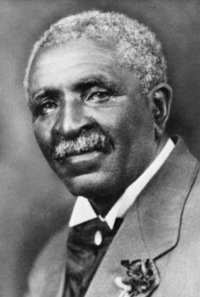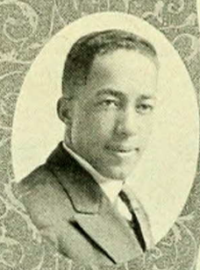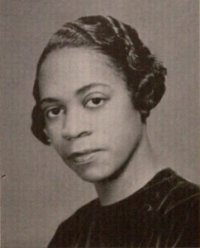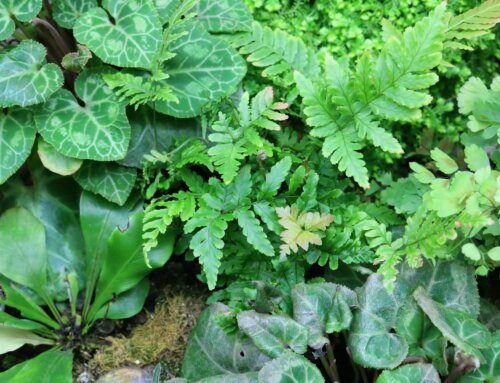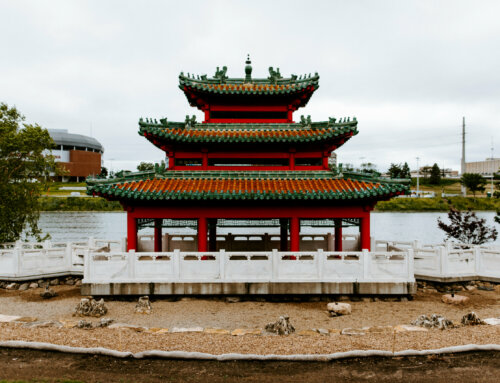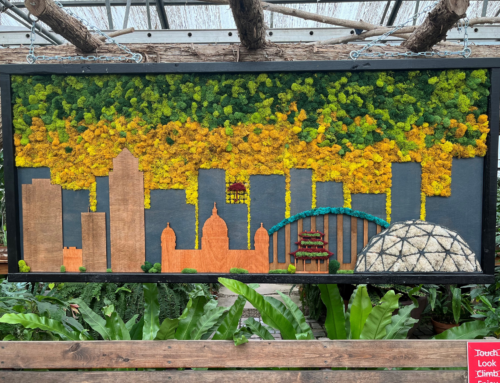5 Historic Black Figures in Horticulture, Gardening and Plant Sciences You Should Know
The Black community is responsible for many contributions to horticulture, plant sciences, gardening and nature. Here are five Black historical figures, some well-known and others lesser known, and their connections to the plant world!
1. George Washington Carver (1860’s-1943)
As a botanist and agricultural scientist, George Washington Carver (GWC) is best known for developing hundreds of uses for the peanut plant. His life is extraordinary in many other ways as well. Here are a few tidbits you may not know about Carver.
GWC was born into slavery in Missouri and was later freed in 1865 during the abolition.
Carver showed an aptitude for academics and art at a young age and found his way to Simpson College and later Iowa State University. At Iowa State, he received a bachelor’s degree and later a master of science in agriculture sciences.
Carver invented a linoleum made from peanuts, among many other products! As the Director of Agriculture Research at the Tuskegee Normal and Industrial Institute in Alabama, Carver focused on agricultural improvements, often specific to Black sharecroppers. He recommended people plant peanuts and other crops to help improve soil quality. GWC then developed 300 or so commercial uses for peanuts including flour, dyes, soap, mechanical oils, and even linoleum.
Carver was also an artist who enjoyed many different media including painting, crochet and weaving. He often used botanical materials like tree bark or vegetables to make dyes and paint pigments for his pieces.
If you want to learn more about George Washington Carver, check out the display at the Garden: “Iowa Roots, Global Impact: the Life and Legacy of George Washington Carver” as well as other displays and events happening during our Black History Month celebration.
2. Malcolm Stubblefield (1898-1980)
Unfortunately, not much information exists on Malcolm Stubblefield. But as an Iowa native, we should be familiar with his story.
Malcolm Jerome Stubblefield graduated from a high school in Souix City, Iowa, with high accolades and a desire to study agriculture. Around 1924, he began attending Iowa State University and earned a degree in agriculture. He is believed to have specialized his studies on landscape gardening.
Stubblefield eventually found his way to New York City and worked as a gardener and horticulturist for the New York Botanical Garden (NYBG). His work must have been impressive, as a local newspaper praised his displays.
Following his work at the NYBG, it appears that he may have worked for the City of New York in the gardening department.
All of the research and information on Malcolm Stubblefield was conducted and provided by Abra Lee.
3. Anne Spencer (1882-1975)
Anne Spencer was a poet, civil rights activist and gardener. Her poetry often featured verses connecting to her own garden and nature, and was influential during the Harlem Renaissance.
Anne and her husband Edward lived in a cottage in Lynchburg, Virginia. Here, Edward created a garden for Anne named Edankraal. The name combines Edward and Anne as well as kraal, the Afrikaans word for enclosure or corral. Anne is said to have used Edankraal as a refuge and inspiration for her work. Their home and garden also served as refuge for many community members and activists during segregation in Virginia.
Both the home and garden now make up the Anne Spencer House and Garden Museum. Several restoration projects were completed at the site with goals of remaining historically accurate, such as using seeds and plants originally found in Edankraal and keeping the original spirit of the garden alive. These efforts culminated in the original robin’s egg blue color on the garden structures, voluntary plants and bulbs returning to bloom on their own, and national recognition.
To learn more about Anne Spencer and Edankraal, find the books Lessons Learned from a Poet’s Garden by Jane Baber White or Half My World by Rebecca Frischkorn and Reuben Rainey.
4. Marie Clark Taylor (1911-1990)
Marie Clark Taylor was a botanist and the first woman of any race to receive a scientific doctorate from Fordham University. For her dissertation, Taylor studied the influence of photoperiods on the growth and development of floral buds, through a process called photomorphogenesis.
Before earning her PH.D. in botany from Fordham, Taylor graduated from Howard University with her bachelor’s and master’s degree. She then taught at the high school level and eventually became an associate professor at Howard University. In 1947, Taylor became the head of the Botany Department and remained there until her retirement in 1976.
A teacher at heart, Taylor focused much of her career on improving science education. She developed a summer program for high school science teachers to learn new scientific techniques, methods and instruments. This program was so successful, it was awarded numerous grants to expand. In the 1960’s, Taylor expanded this work nationally and internationally by the specific request of President Lyndon B. Johnson.
5. Edmond Albius (1829-1880)
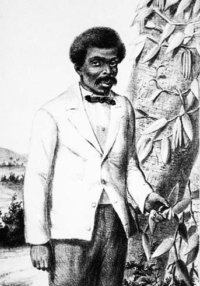 We wouldn’t be able to enjoy vanilla today without the discovery of a man named Edmond Albius.
We wouldn’t be able to enjoy vanilla today without the discovery of a man named Edmond Albius.
In the wild, vanilla orchids are pollinated by bees and hummingbirds. For commercial vanilla production, however, vanilla orchids must be pollinated by hand—a time-consuming and difficult process. Edmond Albius revolutionized the cultivation of vanilla by inventing a technique of hand-pollination that changed the vanilla industry forever. Albius discovered that he could pollinate the vanilla orchid by manipulating the flower and gently moving the pollen to the flower’s stigma with his thumb.
At the time of his discovery, Edmond Albius was 12 years old and enslaved on a plantation in Réunion, an island in the Indian Ocean. Due to his discovery, Réunion became the world’s largest supplier of vanilla and many planters prospered in response. Albius eventually gained his freedom, but he never received financial benefit or widespread recognition for this discovery during his lifetime.

